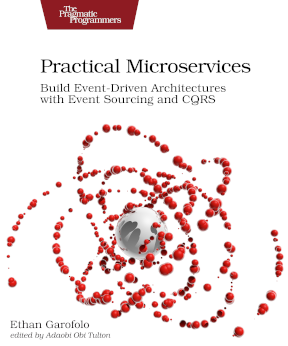Ronnie Coleman once famously said, “Everybody wants to be a bodybuilder, but nobody wants to lift no [heavy] weights.”
Yes, I took the cuss out of it. The point still stands.
I’ve yet to hear a developer, or really any professional, say, “You know what we need? More meetings.”
The two things we all have in common are our impending mortality and our disdain for meetings.
Why do we have meetings? Be charitable. We have meetings because we need to coordinate our efforts. When a team is in sync with one another, there isn’t a need for a meeting. At that point, it’s usually folks outside the team who are not in sync.
So, how do you get rid of meetings?
You could just declare no meetings. And that’ll maybe get you surface-level compliance. You’ve got to eliminate the need for meetings.
I offer two ways to do that.
First, don’t get out of sync. There’s an obsession in our industry of the heroic, lone developer cranking out code. Guess what, lone developer? You’re going to get interrupted because people don’t know what you’re doing. You might be able to mitigate some of this by pro-actively communicating the things people would ask you about in a meeting. Keep a work log. Get better at writing.
Second, meetings a signal that your work-in-process is too high. Your teams is focused on too many different things, and so they don’t stay in sync with one another. So, start doing fewer things.
If you don’t want to have meetings, then do the things that make it so you don’t need to have more meetings.
